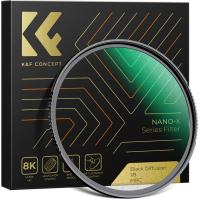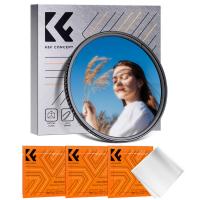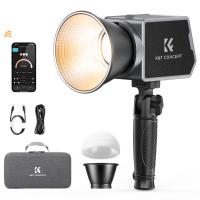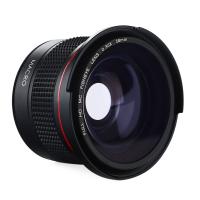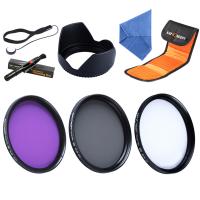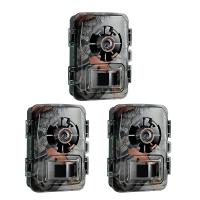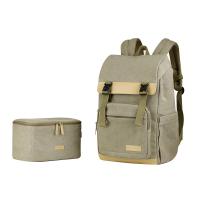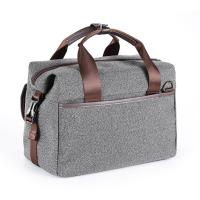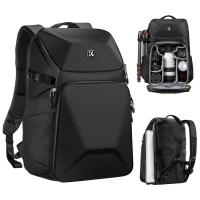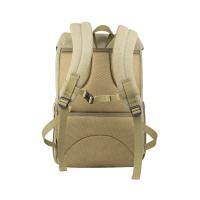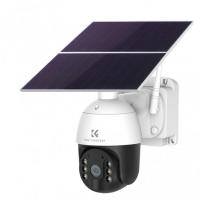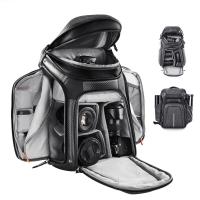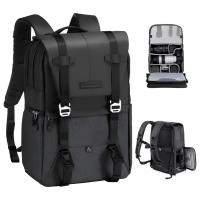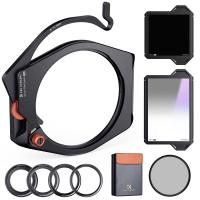Double Filter Camera How It Works?
In the realm of photography and videography, the quest for capturing the perfect shot often leads enthusiasts and professionals alike to explore various tools and techniques. One such tool that has garnered significant attention is the double filter camera. This innovative technology leverages the power of two filters to enhance image quality, reduce unwanted reflections, and manage light in ways that single-filter systems cannot. In this article, we will delve into the mechanics of double filter cameras, their benefits, and practical applications, providing a comprehensive understanding of how they work and why they are valuable.
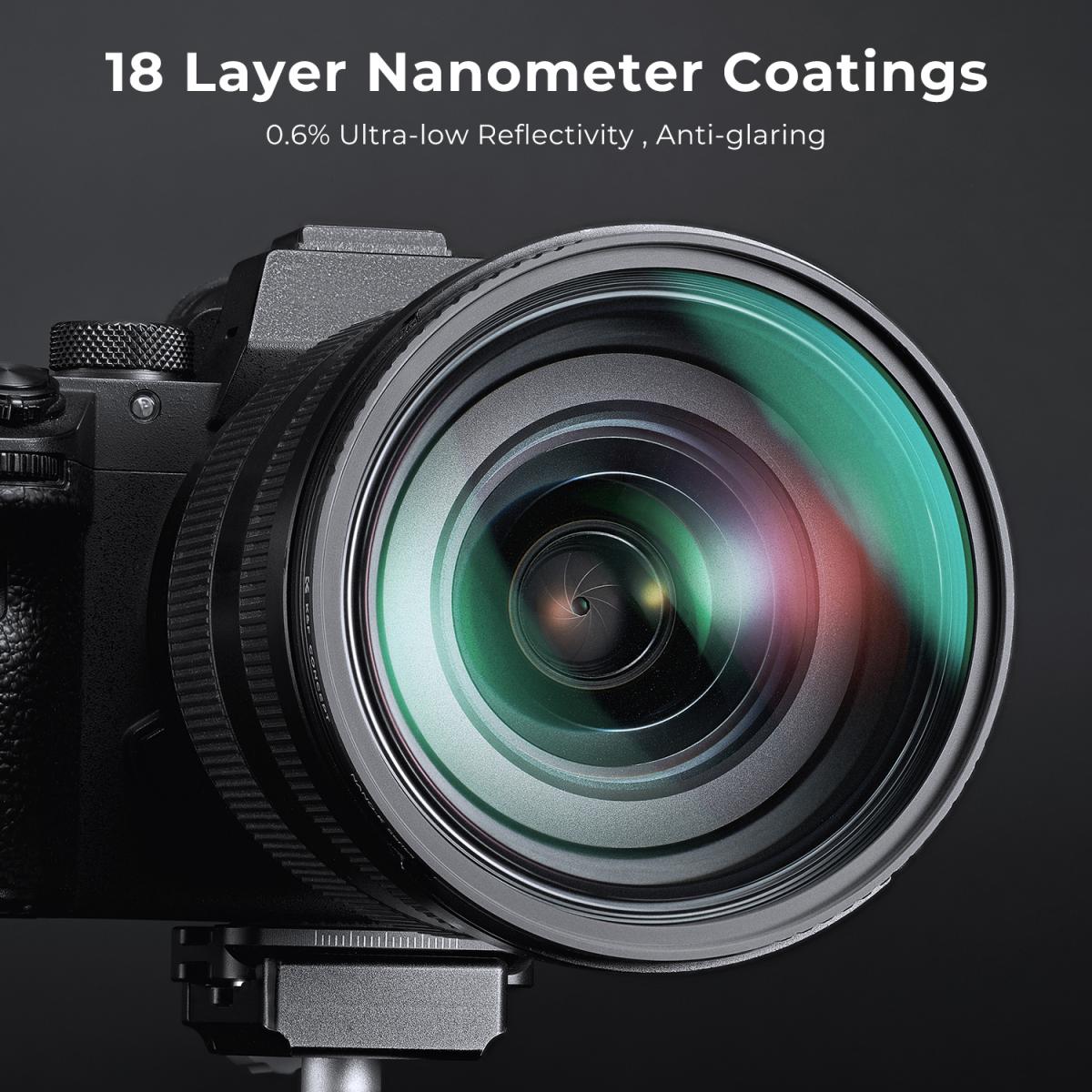
Understanding Double Filter Cameras
A double filter camera employs two distinct filters in tandem to achieve superior image quality. These filters can be of various types, including polarizing filters, neutral density (ND) filters, and color correction filters, among others. The primary objective of using two filters is to combine their individual benefits, thereby overcoming the limitations of using a single filter.
Types of Filters Commonly Used
1. Polarizing Filters: These filters are designed to reduce reflections and glare from non-metallic surfaces such as water and glass. They also enhance the color saturation and contrast of the image, making skies appear bluer and foliage greener.
2. Neutral Density (ND) Filters: ND filters reduce the amount of light entering the camera without affecting the color balance. This allows photographers to use slower shutter speeds or wider apertures in bright conditions, enabling creative effects like motion blur or shallow depth of field.
3. Color Correction Filters: These filters adjust the color balance of the image to compensate for different lighting conditions. For instance, a warming filter can add a yellowish tint to counteract the blue cast of daylight, while a cooling filter can add a bluish tint to counteract the warm tones of incandescent lighting.
How Double Filter Cameras Work
The operation of a double filter camera involves the strategic placement and combination of two filters in front of the camera lens. Here’s a step-by-step breakdown of the process:
1. Selection of Filters: The first step is to choose the appropriate filters based on the desired outcome. For example, a photographer might select a polarizing filter to reduce glare and an ND filter to control exposure.
2. Mounting the Filters: The filters are then mounted on the camera lens. This can be done using filter holders or screw-on mounts, depending on the design of the camera and the filters.
3. Adjusting the Filters: Once mounted, the filters can be adjusted to achieve the optimal effect. For instance, the polarizing filter can be rotated to find the angle that best reduces reflections, while the ND filter can be selected based on the required density level.
4. Capturing the Image: With the filters in place and adjusted, the photographer can proceed to capture the image. The combined effect of the two filters will result in enhanced image quality, with reduced glare, controlled exposure, and improved color balance.
Benefits of Double Filter Cameras
The use of double filter cameras offers several advantages that can significantly enhance the quality of photographs and videos. Here are some key benefits:
1. Enhanced Image Quality: By combining the effects of two filters, photographers can achieve superior image quality. For example, using a polarizing filter with an ND filter can result in images with reduced glare, balanced exposure, and vibrant colors.
2. Greater Creative Control: Double filter cameras provide photographers with greater creative control over their shots. The ability to manage reflections, exposure, and color balance allows for more artistic expression and experimentation.
3. Versatility in Different Lighting Conditions: The combination of filters makes it easier to adapt to various lighting conditions. Whether shooting in bright sunlight, overcast skies, or artificial lighting, double filter cameras can help achieve the desired effect.
4. Reduction of Post-Processing Time: By capturing high-quality images with the desired effects in-camera, photographers can reduce the amount of time spent on post-processing. This is particularly beneficial for professionals who need to deliver results quickly.
Practical Applications of Double Filter Cameras
Double filter cameras are versatile tools that can be used in a wide range of photography and videography scenarios. Here are some practical applications:
1. Landscape Photography: In landscape photography, double filter cameras can be used to enhance the natural beauty of the scene. A polarizing filter can reduce reflections from water surfaces and enhance the color of the sky, while an ND filter can allow for longer exposures to capture motion blur in waterfalls or clouds.
2. Portrait Photography: For portrait photography, double filter cameras can help manage lighting and achieve a more flattering look. An ND filter can be used to control exposure in bright conditions, allowing for wider apertures and a shallow depth of field, while a color correction filter can ensure accurate skin tones.
3. Architectural Photography: When photographing buildings and structures, double filter cameras can reduce reflections from glass surfaces and manage exposure in varying light conditions. This results in cleaner, more detailed images with balanced lighting.
4. Videography: In videography, double filter cameras can be used to achieve cinematic effects. For instance, an ND filter can allow for slower shutter speeds to create motion blur, while a polarizing filter can enhance color saturation and reduce glare.
Double filter cameras represent a significant advancement in the field of photography and videography, offering enhanced image quality, greater creative control, and versatility in various lighting conditions. By understanding how these cameras work and the benefits they provide, photographers and videographers can make informed decisions about incorporating them into their toolkit. Whether capturing stunning landscapes, flattering portraits, or detailed architectural shots, double filter cameras can help achieve the desired results with ease and precision. As technology continues to evolve, we can expect further innovations in filter design and camera systems, opening up new possibilities for creative expression and visual storytelling.


